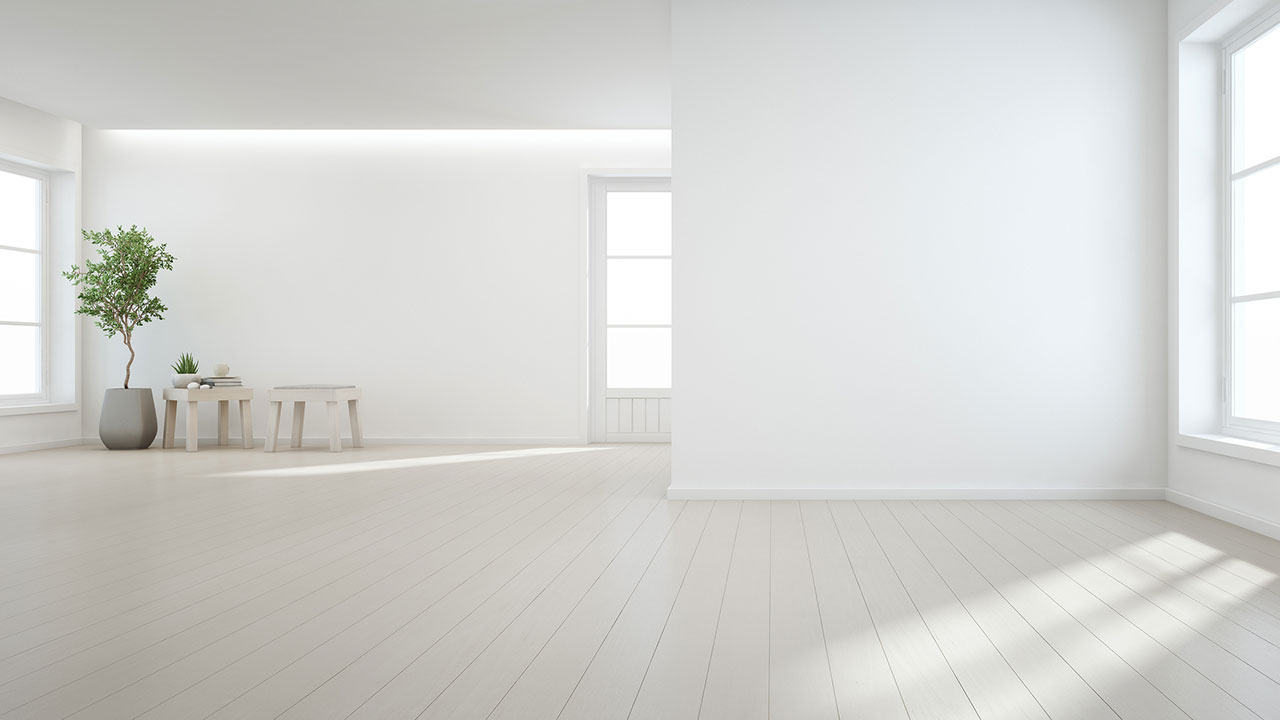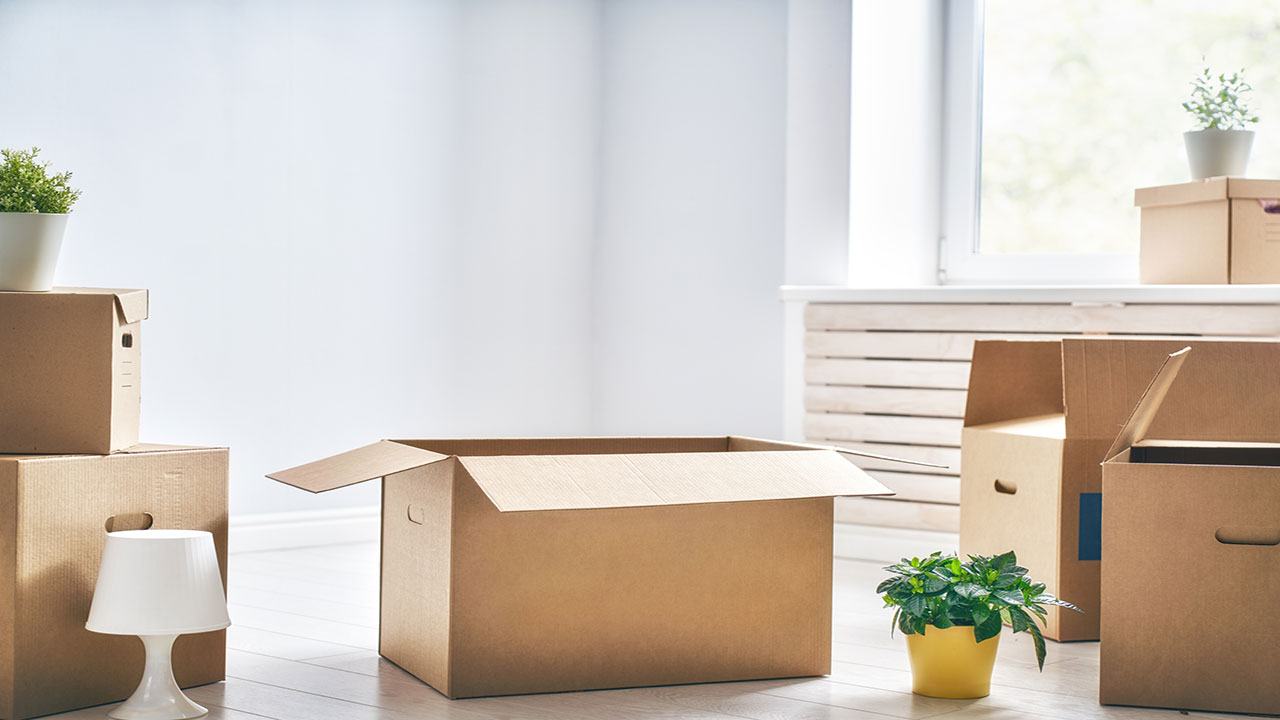What is “Virtual Staging” All About?

There are a handful of important steps that should be taken when you list your home for sale, and staging is one of them. Prepping your home for the market is a crucial step to take, both for your listing photos and for in-person visits from potential buyers.
But in addition to traditional home staging, an innovative type of staging has been developed over the past few years thanks to digital technology.
“Virtual staging” is an exciting form of staging that can be a great compliment to staging vacant properties, and is surprisingly affordable.
Traditional staging involves adding or arranging furniture and accessories to spaces in a home to showcase the home’s best features. Staging can sell a lifestyle and show prospective buyers how the home can be used and enjoyed. It can also camouflage flaws and highlight a home’s best features while optimizing good flow and function.
It sounds like a lot of work, and it is. Hauling furniture in and out and rearranging or removing accessories requires a lot of time and elbow grease. But thanks to advancements in technology, there may be a way to do all that work virtually. And “virtual staging” is meant to do exactly that.
What Does Virtual Home Staging Involve?

Virtual home staging involves taking images of vacant or cluttered rooms in a home and touching it up using specialized photo-editing software. Furniture can be added or taken away, and accessories can be implemented to create a look that will entice buyers to want to book a visit.
Using this special software, virtual stagers can make any space – whether empty or completely cluttered – look tastefully staged. Such efforts can completely transform the look of an interior space and capture the attention of buyers looking at online listing photos.
What’s the Point of Virtual Staging?

The biggest reason why virtual stagers stage homes in this manner is to show prospective buyers what a home could potentially look like when properly furnished or decorated. It can be tough for buyers to visualize the potential of homes when they’re in disarray. But with virtual staging, buyers have the opportunity to get a true glimpse of the possibilities that a home may offer, even though it may not look so hot right now.
Using 3D virtual staging software, designers can create, personalize, and adjust the size of every item in the home to easily fit into the existing space to create amazing results.
Many sellers may use virtual staging as an alternative to traditional home staging in order to save time and money. While traditional home staging can cost upwards of $2,000 and up, virtual staging costs around $100-$150 per room.
Virtual staging also offers the benefit of being able to change things up for different buyers. While one buyer might have one idea for how they’d prefer the home to look, another may want something totally different. Using a software tool that can swap colors, furniture, and accessories on a dime, changing the look of a room is much easier.
Further, virtual home staging can help sellers change up the exact use of a room. For instance, a couple with a baby would appreciate seeing how a potential nursery would look in the home, which the virtual stager can easily create with this specialized software.
Virtual Staging Caveats

Obviously, staging a home “virtually” means the actual house doesn’t really look the way it does in the altered images. As such, some sellers might use virtual staging as a supplement to traditional staging.
It’s important to note that any images that are listed online should be marketed as virtual images in order to avoid false advertising. The last thing you want is to sell your home based on the altered images only for the buyer to find out that the home looks nothing like it did in the photos.
Besides, buyers will eventually visit the home in person, which is where things can get awkward when they realize they may have been duped.
Not only that, but it’s important not to go too crazy with the alterations made with this software. Certain changes may not actually be possible, such as removing load-bearing walls (though this may be done with major construction). Make sure you stay honest with your virtual staging so you don’t lose a buyer as quickly as you found them.
The Bottom Line
Virtual staging is basically meant to help buyers see the possibilities of your home. They may have even seen it in person already but may have been turned off by the way it looks right now. With virtual staging software, you can make the necessary changes that can greatly enhance the look of all the rooms in your home to help buyers visualize its potential and the way it can give the buyer the lifestyle they’re looking for.


